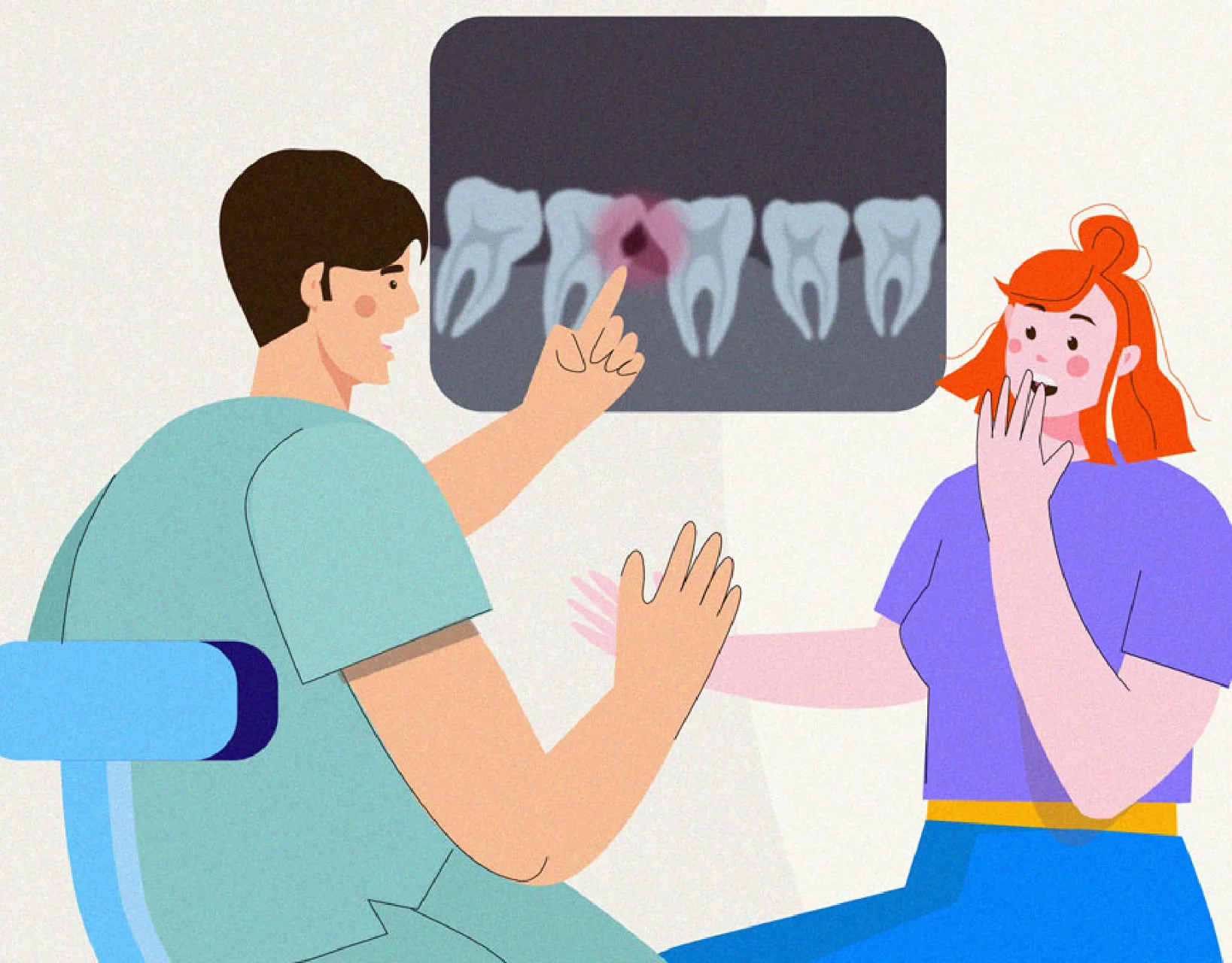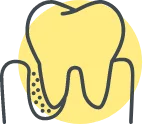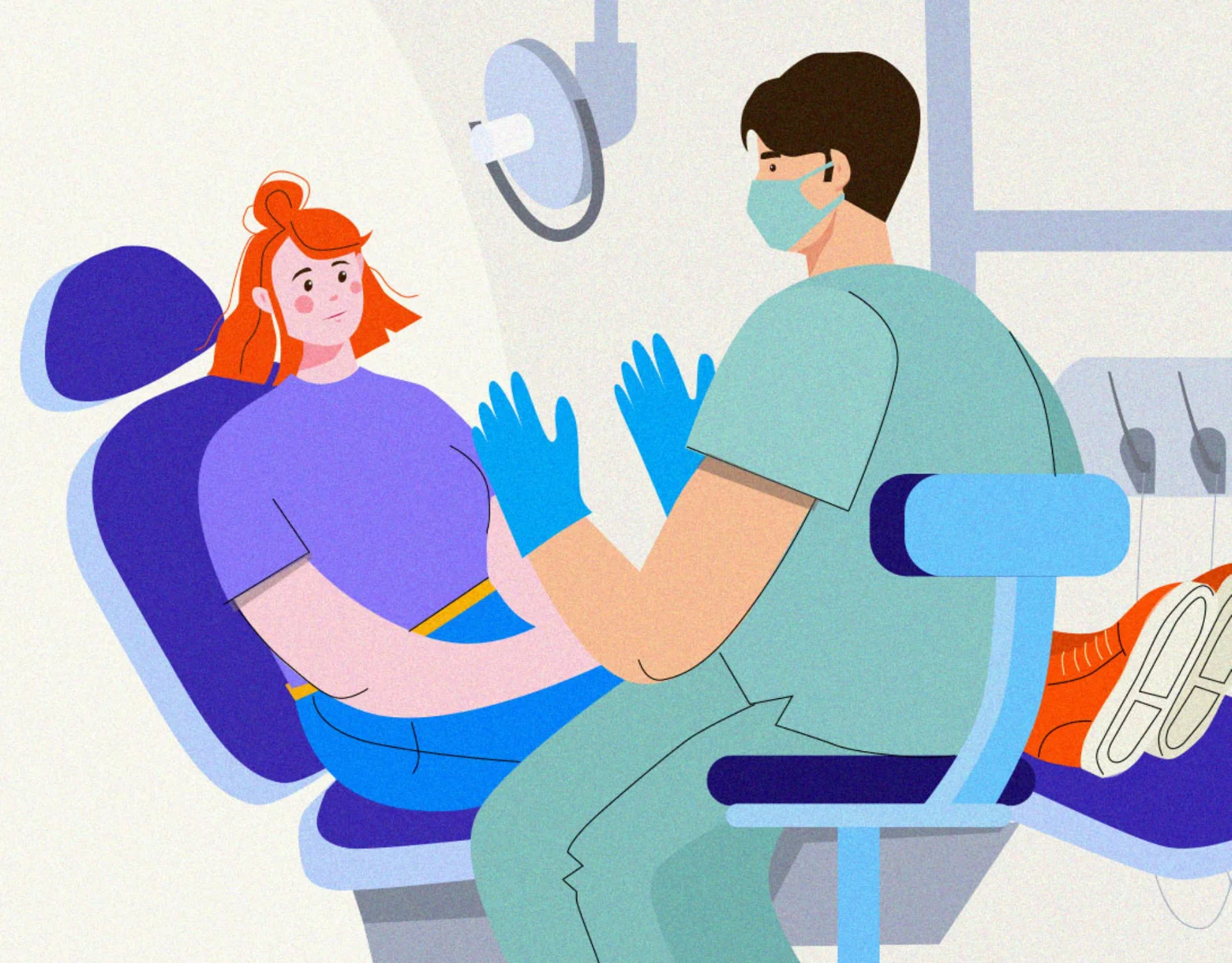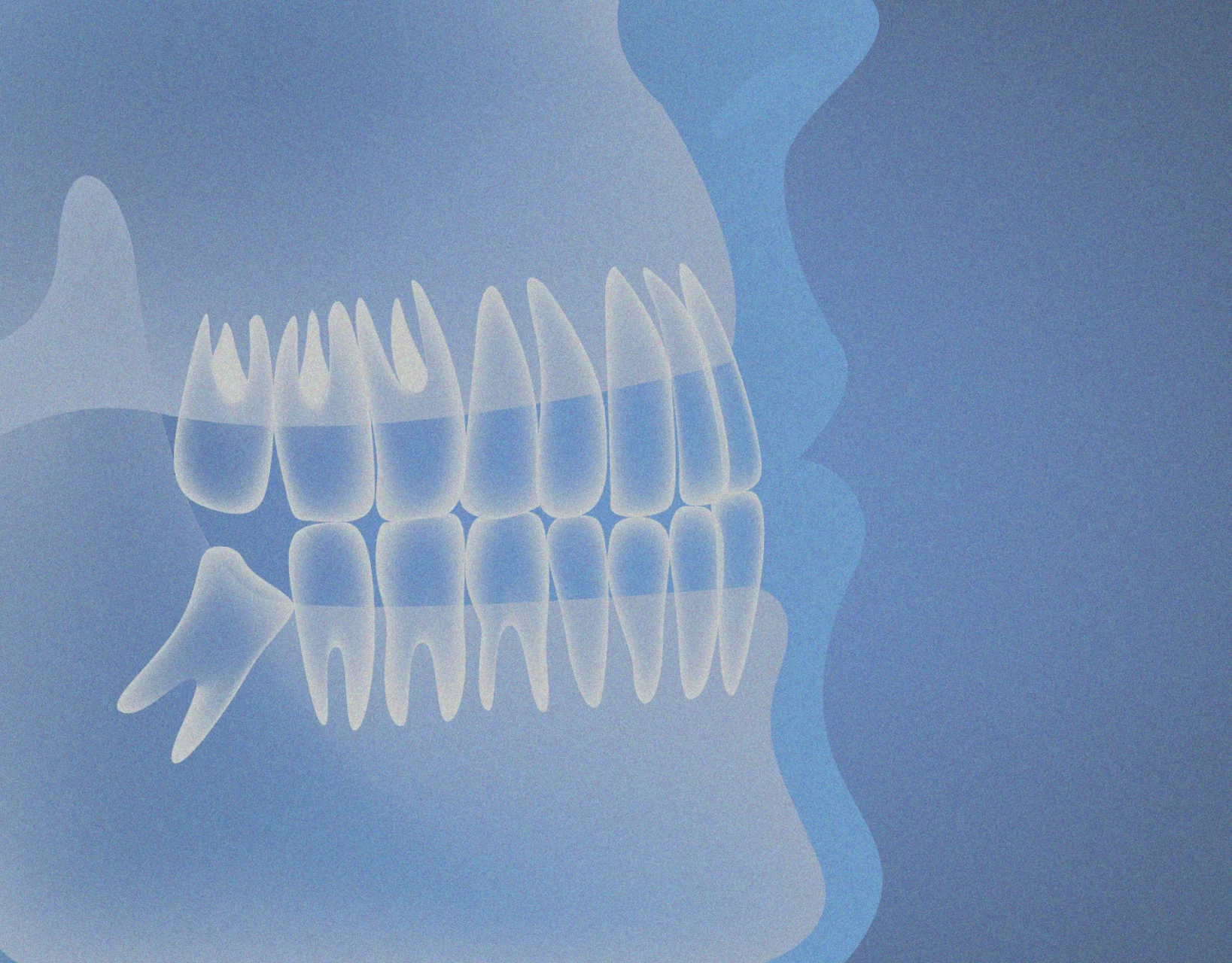Dental X-rays will help detect oral health issues – and your smile will thank you.
- OVERVIEW
- ROUTINE CLEANING
- DENTAL HYGIENE
- CANCER SCREENINGS
- X-RAYS/IMAGING
- DENTURES
- TELEDENTISTRY
- DENTAL SEALANTS
- FLUORIDE TREATMENT
- FILLINGS
- SEDATION DENTISTRY
- DENTAL CROWNS
- BRIDGES
What Problems Can Dental X-Rays Detect?
Dental X-rays help dentists with many common and easily treatable oral health issues. Early detection can help you avoid pain, minimize existing problems, and potentially treat life-threatening oral conditions. Here are the common and more serious problems dental x-rays detect:
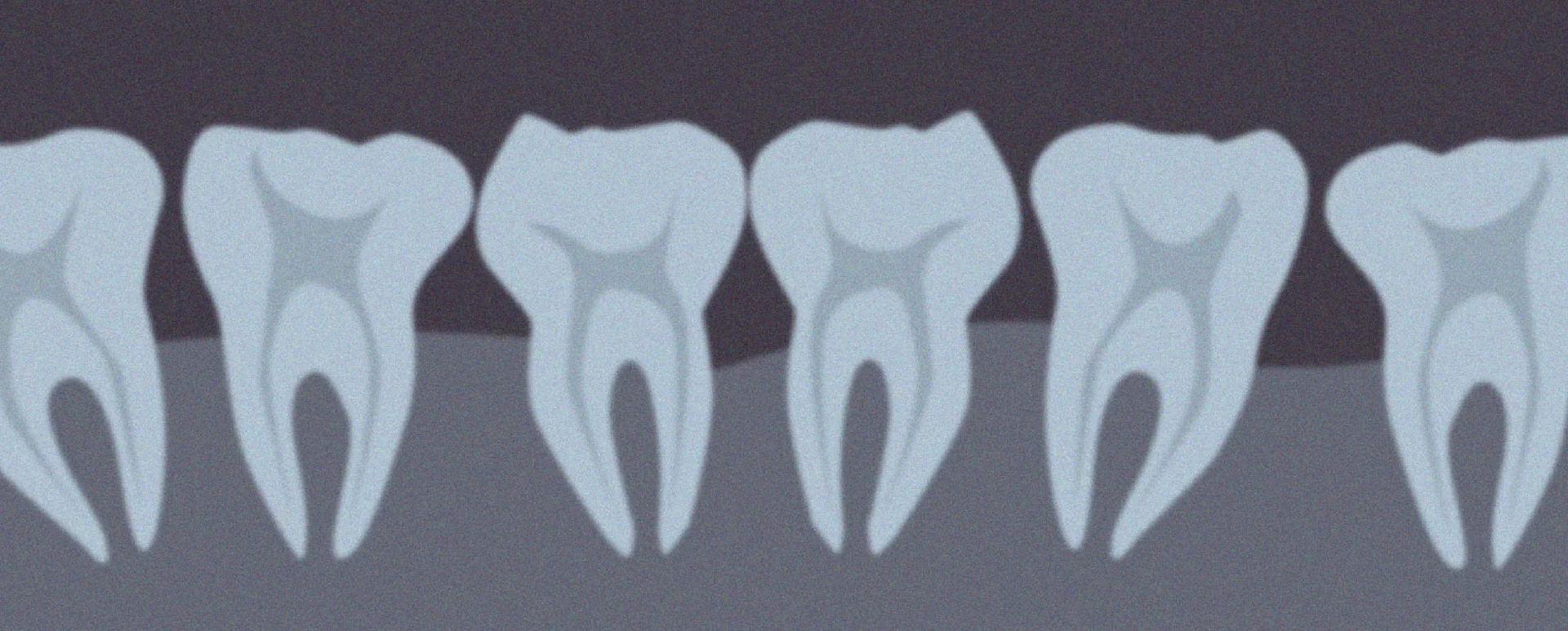

Book an Appointment Today
If you have any questions about dental X-rays, schedule an appointment and get the answers you need. With early detection, it can save you money in the long term.
Got questions?
This brings us to commonly asked questions on X-rays. It’s okay, there are quite a few. Learn more just a click away.
A Dental Savings Plan is not insurance, which means you do not have to wait before receiving a service while insurance clears. Instead, a Dental Saving Plan is a membership program, which means you may get discounts from participating dentists for things like cleanings, x-rays, and a variety of other services.
First, a Periodontist is a Dentist. However, Periodontal Specialists diagnose, prevent and treat periodontitis, receding gums, inflammation, tooth loss (dental implants), and other chronic tissue loss of the teeth. Further, a Periodontist completed an additional three (3) years of training after graduating from dental school.
Smile Generation Dental Plan offers significant discounts on dentistry. Since it is not insurance, there are no deductible or annual maximums. Dental plan members pay an annual fee up front rather than monthly premiums like traditional dental insurance. There are also no waiting periods with dental plans so you can get the treatment you need immediately.
Yes. One of the most extraordinary things about the Smile Generation Dental Plan and private dental insurance is that it does not have to be an either/or proposition. Instead, they can work together to reduce your overall cost of dental treatment. Smile Generation Dental Plan supplements private dental
insurance. Some people use the dental plan to reduce out-of-pocket costs if they need treatment while waiting for their coverage to begin. Others use it to discount cosmetic treatments, which are not covered by most dental insurance. Some members get the most out of their dental insurance
benefits by applying the discounted dental plan fee against the annual maximum amount.
Applying for a Smile Generation Dental Plan is easy! Visit www.smilegenerationdentalplan.com from the comfort of your home, and you can purchase your plan right there. If you prefer a personal touch, feel free to give us a call at 1-855-935-5365, and our friendly team will assist you. Alternatively, you can drop by a local Smile Generation-Trusted office if that's more convenient for you.
Absolutely! Adding family members to your plan is simple and convenient. You have a few options to choose from: you can discuss it during your next visit to your Smile Generation- Trusted office, give us a call at 1-855-935-5365, or if you prefer online access, you can log in to your secure Member Portal and head to the "My Account" page. We're here to make it easy for you, so go with the option that works best for you and your family.
Related Posts
Sources
Healthline. (n.d.). Dental X-Rays: Types, Procedure, Risks, and Benefits. https://www.healthline.com/health/dental-x-rays
Cleveland Clinic. (n.d.). Dental X-Rays: What You Need to Know. https://my.clevelandclinic.org/health/articles/11199-dental-x-rays
WebMD. (n.d.). Dental X-Rays: What to Expect. https://www.webmd.com/oral-health/dental-x-rays
Healthcare Imaging Services. (n.d.). Dental X-Ray & OPG: What to Expect and How to Prepare. https://www.healthcareimaging.com.au/services/dental-x-ray-opg/


